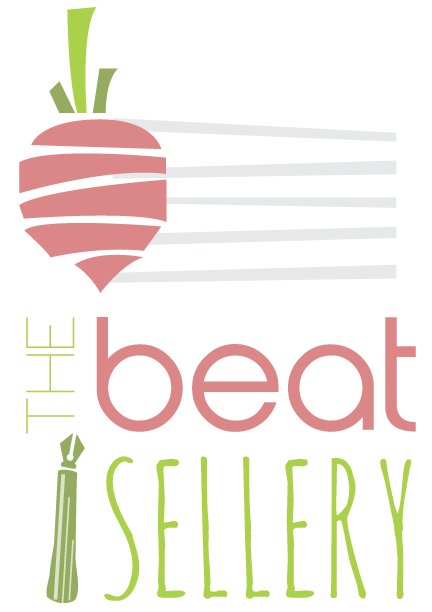sightreading at a concert
/FEAR.
That was the theme of the concert, and aside from the things the students knew about that related to the theme, I wanted at least one thing that would surprise and perhaps even instill fear in them. The concert already included all the bands from 5th grade through high school, student narrators with incidental music, and some drama from lower school students. The closing numbers with the combined older bands were solid: Michael Sweeney's arrangement of Grainger's The Lost Lady Found and Brian Balmages's Apparitions (which, by the way, is a pretty vibe to end a concert with). So what else could I do to shake things up?
I spent a good deal of time focusing on strategies for sight-reading in the weeks and months before the concert and I wanted to see what the groups could do if they had something brand-new thrown at them during the concert. So I wrote a piece, Nothing to Fear (not published yet, it still needs to be cleaned up), specifically for the concert. I planned on both of the older bands reading it, and at the time, that meant mostly 7th and 8th graders with about half as many high school students. I incorporated a number of elements in it that may have been risky--it was in the key of C Major and relatively fast (q=144), there was a section with strong dissonances, and some of the accompaniment rhythms included off-the-beat eighth notes.
When we got to the appropriate moment in the concert, I announced to the audience and band simultaneously what was about to take place. Pulling the music out (concealed beneath the podium), I passed stacks of parts to students to hand out while I told the audience that this would be the first time any person heard a band play the music. I was counting on the band to use the time as we had practiced in class, and I had been specifically targeting some of the elements in Nothing to Fear during our warmups in the week prior to the concert.
In the end, the group did as well as I expected. There were some sour B-flats, a few students got lost, and the group certainly didn't play at the same expressive level as the rest of their music. That moment, however, remains one of the most memorable for students and families in the program, and I was very satisfied with how things turned out.
It's been a couple years now since trying this, so maybe it is time to do it again soon...



